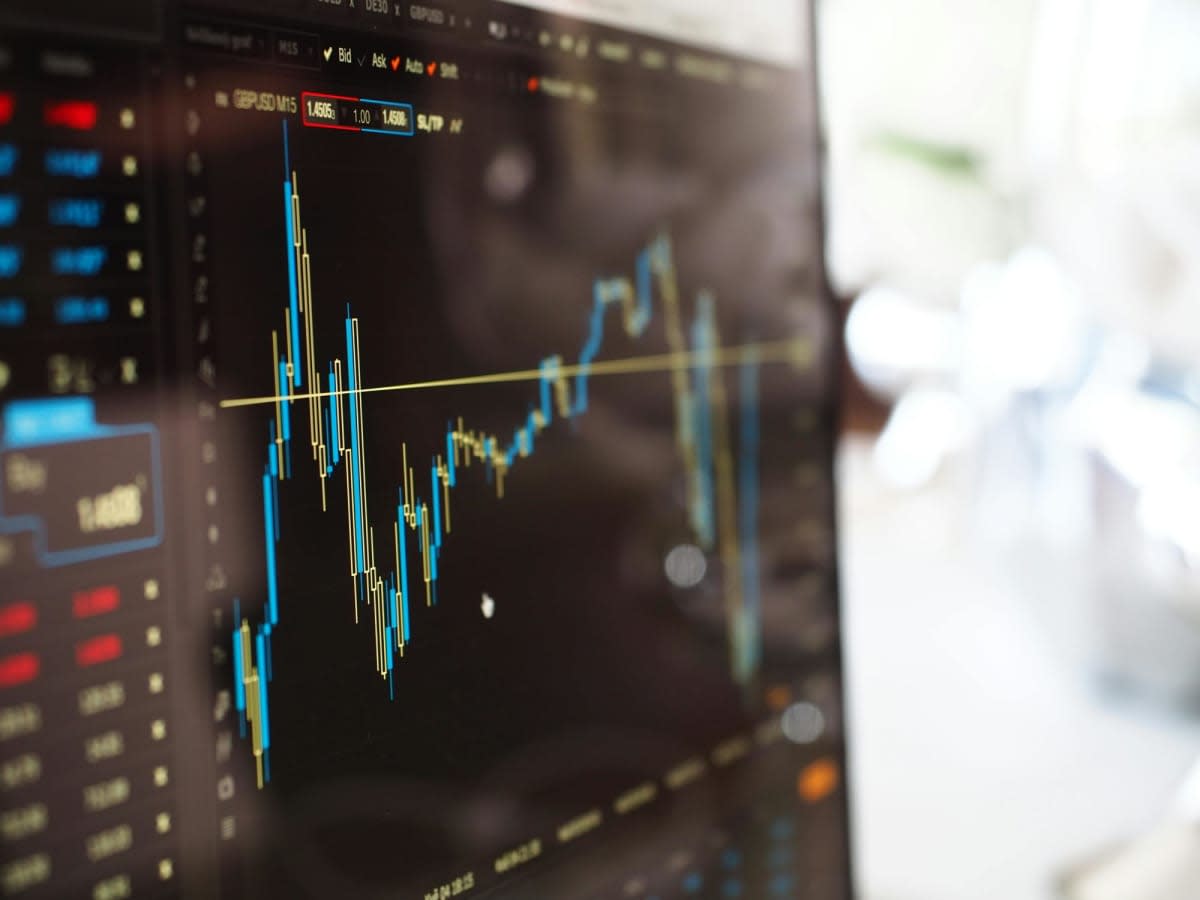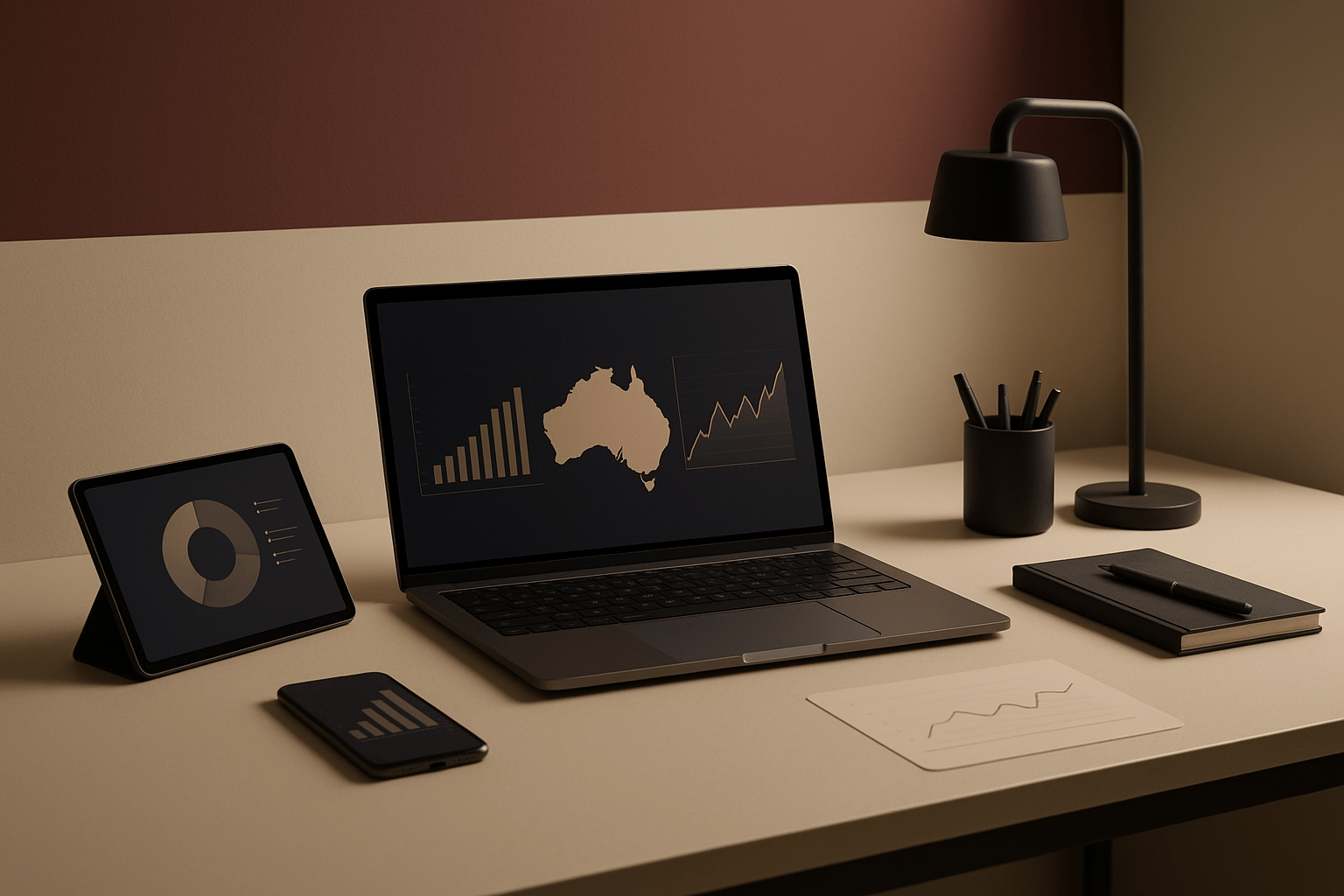Invest
Must-know market developments of the week
The week that was in local and overseas markets gives investors a solid indication of where the opportunities, and the black spots, will be for the week days and weeks ahead. AMP Capital chief economist Shane Oliver explains.
Must-know market developments of the week
The week that was in local and overseas markets gives investors a solid indication of where the opportunities, and the black spots, will be for the week days and weeks ahead. AMP Capital chief economist Shane Oliver explains.

Investment markets and key developments for the week
Mixed results on the share market
US shares hit last year’s highs helped by good earnings news and rising energy shares on the back of high oil prices. Following the US lead, Australian shares also made it back to last year’s highs helped by banks, energy shares and talk of an imminent RBA rate cut.
By contrast, Eurozone, Japanese and Chinese shares fell with talk of less stimulus weighing on Chinese shares. Bond yields were flat to down. Oil, gold and iron ore prices rose but metal prices fell. Australian dollar fell back to around US$0.70 in the face of a break higher in the US dollar and more RBA rate cut talk.

Share market recovery: Is it sustainable?
Having rebounded very sharply from their December lows, share markets are vulnerable to a decent pullback or correction. But putting short-term risks aside, they are still likely to end the year higher. Put simply, the rebound in shares reflects a reversal of last year’s negatives, with central banks led by the Fed more dovish, lower inflation allowing lower bond yields, stabilisation and in some case improvement in global growth indicators (which should underpin reasonable profit growth) and the risks around a trade war receding.
A curve ball from US President Donald Trump
Six months ago, the decision by Mr Trump to exempt China, India, Japan and a few other countries from US sanctions for buying around 1.4 million barrels a day of Iranian oil helped drive global oil prices down, and it was thought the exemptions would be renewed. But just to confuse everyone, they won’t be, and so the oil price has been given another push higher as it removes Iranian oil from the global market at a time of supply disruptions in Libya and Venezuela. WTI crude at US$65 a barrel is still well below last year’s high of US$76 (as are Australian average petrol prices of around $1.5 a litre versus last year’s high around $1.6) and commitments by Saudi Arabia and the UAE to make up for lost supply may still keep prices below last year’s highs.
If it doesn’t – and prices keep rising in response to supply shortfalls or heightened geopolitical tensions around Iran – expect Mr Trump to get nervous (as higher gasoline prices don’t please his base, and this matters given next year is election year) and do something like bring back the sanction waivers.
Low March quarter inflation highlights the case for an imminent rate cut in Australia.
A 9 per cent decline in petrol prices drove the flat headline increase in quarterly inflation and petrol prices have since bounced back with the world oil price. But every measure of underlying inflation was weak, running between 1.2 per cent year-on-year to 1.4 per cent year-on-year. Businesses are still finding it hard to lift prices in the face of ongoing spare capacity, intense competition and weak demand.
Yet again, the RBA’s inflation forecasts are looking way too optimistic and will likely be downgraded again in next month’s Statement on Monetary Policy. The longer inflation undershoots the 2-3 per cent target, the greater the risk that the target will lose credibility. This in turn will see low inflation expectations become more entrenched, making it in turn even harder to get inflation back to target and leave Australia vulnerable to slipping into deflation during the next economic downturn. Lowering the 2-3 per cent target would be a huge mistake and would see inflation targeting lose all credibility and only lock in low inflation (and the risk of deflation) for longer.
Along with weak consumer price inflation, producer price inflation for the March quarter was also soft.
Import prices fell and skilled vacancies fell again, consistent with a slowing jobs market. On the positive side, export prices continued to surge in the March quarter (helped by the higher iron ore price) pushing up the terms of trade. The flow on of this to profits and tax revenue in Canberra, along with lower welfare payments, saw a further improvement in the federal budget making a surplus this financial year look quite likely. Which in turn may mean scope for more fiscal stimulus by the next government.
The outlook for investment markets
-Share markets – globally and in Australia – have run hard and fast from their December lows and are vulnerable to a short-term pullback. But valuations are OK, global growth is expected to improve into the second half of the year, monetary and fiscal policy has become more supportive of markets, and the trade war threat is receding, all of which should support decent gains for share markets through 2019 as a whole.
-Low yields are likely to see low returns from bonds, but government bonds continue to provide an excellent portfolio diversifier. Expect Australian bonds to outperform global bonds.
-Unlisted commercial property and infrastructure are likely to see a slowing in returns over the year ahead. This is particularly the case for Australian retail property. However, lower for even longer bond yields will help underpin unlisted asset valuations.
-Our base case is for national capital city house prices to fall another 6 per cent or so into 2020 on the back of tight credit, rising supply, reduced foreign demand, price falls feeding on themselves and uncertainty around the impact of tax changes under a Labor government. An earlier rate cut in May could bring forward the bottom in house prices as in the last two cycles they bottomed, four months or so after the first rate cut.
-Cash and bank deposits are likely to provide poor returns as the RBA cuts the official cash rate to 1 per cent by year end.
-The Australian dollar is likely to fall into the US$0.60s as the gap between the RBA’s cash rate and the US Fed Funds rate will likely push further into negative territory as the RBA moves to cut rates. Excessive Australian dollar short positions and high commodity prices will likely prevent an Australian dollar crash though.

Stock market
6K Additive secures A$48 million through initial public offering on the Australian Stock Exchange
6K Additive, a prominent player in the advanced metal powders and alloy additions market, has made a significant stride by successfully completing its Initial Public Offering (IPO) on the Australian ...Read more

Stock market
Institutional investors increase stock allocations to 18-year high amid cautious market shifts
In a recent development, State Street Markets unveiled the findings of its latest State Street Institutional Investor Indicators, revealing intriguing shifts in institutional investor behaviourRead more

Stock market
FOREX.com launches in Australia to empower self-directed traders
StoneX Group Inc. (NASDAQ: SNEX) has announced the Australian launch of FOREX.com, expanding access for self-directed traders to a global suite of Contracts for Difference (CFD) products across ...Read more

Stock market
Westpac and CMC Markets strengthen partnership to enhance online trading services
In a significant move that underscores the evolving landscape of online trading in Australia, CMC Markets Stockbroking has been chosen as the preferred vendor by Westpac Banking Corporation to extend ...Read more

Stock market
Portfolio reviews as an operating discipline: turning volatility into a competitive edge
In a higher-rate, higher-volatility world, portfolio reviews are no longer an annual hygiene task; they’re a core operating rhythm that protects cash flow, unlocks tax alpha, and sharpens risk ...Read more

Stock market
Fee war on the ASX: Global X’s A300 turns up the heat on core Aussie equity ETFs
Global X has lobbed a 0.04% management fee into Australia’s core equity sandbox, launching the Australia 300 ETF (A300) to take on entrenched giants. Read more

Stock market
Challenger IM shakes up the ASX with private credit note and a side of risk
Challenger Investment Management has taken private credit mainstream with an ASX-listed note structure—LiFTs—that secured roughly $100 million in cornerstone commitments within a day of launch. Read more

Stock market
International stocks: Diversifying your portfolio beyond Australia
In an increasingly globalized market, Australian investors have the opportunity to enhance their investment portfolio by incorporating international stocks. Diversifying your investments globally can ...Read more

Stock market
6K Additive secures A$48 million through initial public offering on the Australian Stock Exchange
6K Additive, a prominent player in the advanced metal powders and alloy additions market, has made a significant stride by successfully completing its Initial Public Offering (IPO) on the Australian ...Read more

Stock market
Institutional investors increase stock allocations to 18-year high amid cautious market shifts
In a recent development, State Street Markets unveiled the findings of its latest State Street Institutional Investor Indicators, revealing intriguing shifts in institutional investor behaviourRead more

Stock market
FOREX.com launches in Australia to empower self-directed traders
StoneX Group Inc. (NASDAQ: SNEX) has announced the Australian launch of FOREX.com, expanding access for self-directed traders to a global suite of Contracts for Difference (CFD) products across ...Read more

Stock market
Westpac and CMC Markets strengthen partnership to enhance online trading services
In a significant move that underscores the evolving landscape of online trading in Australia, CMC Markets Stockbroking has been chosen as the preferred vendor by Westpac Banking Corporation to extend ...Read more

Stock market
Portfolio reviews as an operating discipline: turning volatility into a competitive edge
In a higher-rate, higher-volatility world, portfolio reviews are no longer an annual hygiene task; they’re a core operating rhythm that protects cash flow, unlocks tax alpha, and sharpens risk ...Read more

Stock market
Fee war on the ASX: Global X’s A300 turns up the heat on core Aussie equity ETFs
Global X has lobbed a 0.04% management fee into Australia’s core equity sandbox, launching the Australia 300 ETF (A300) to take on entrenched giants. Read more

Stock market
Challenger IM shakes up the ASX with private credit note and a side of risk
Challenger Investment Management has taken private credit mainstream with an ASX-listed note structure—LiFTs—that secured roughly $100 million in cornerstone commitments within a day of launch. Read more

Stock market
International stocks: Diversifying your portfolio beyond Australia
In an increasingly globalized market, Australian investors have the opportunity to enhance their investment portfolio by incorporating international stocks. Diversifying your investments globally can ...Read more








